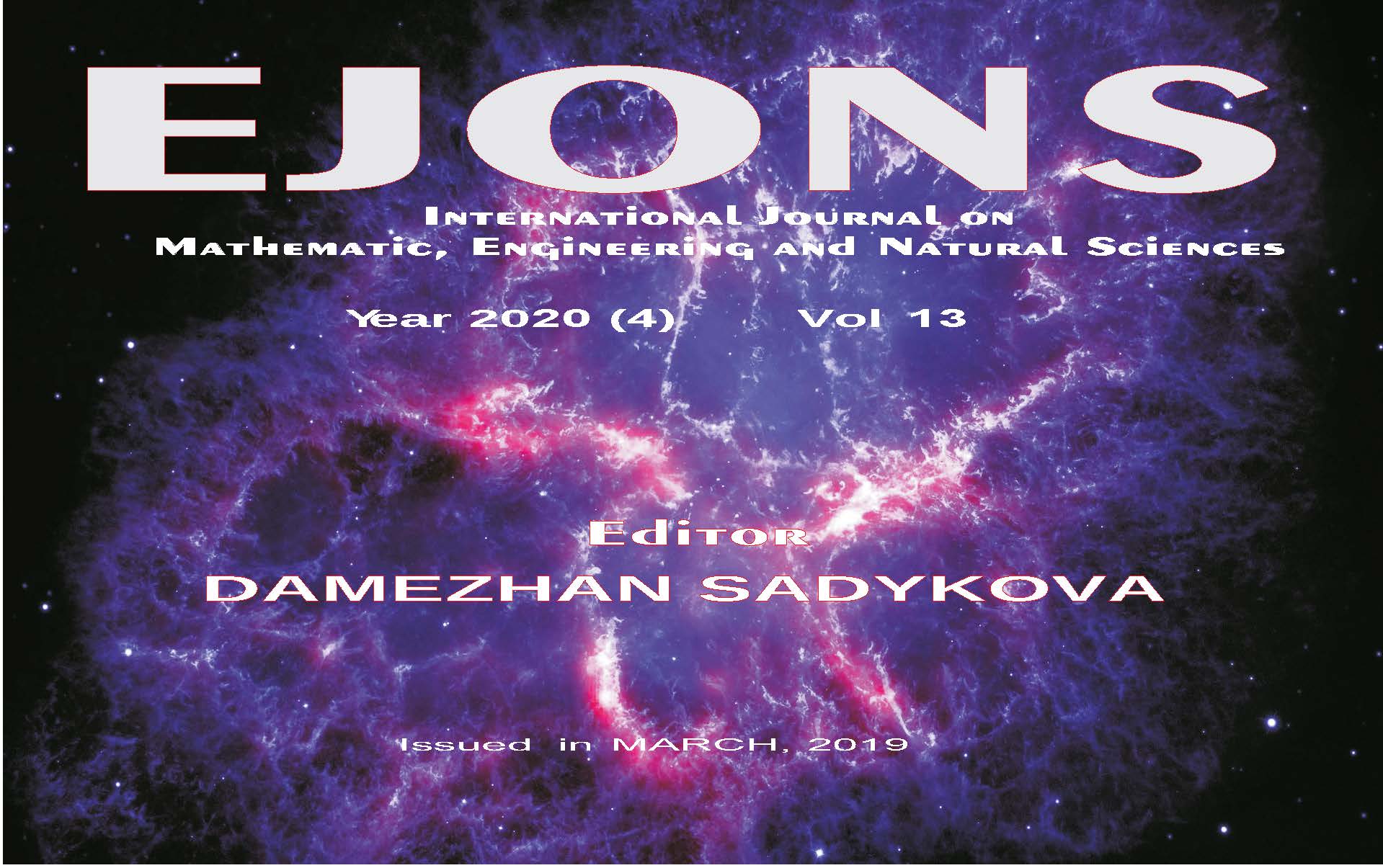INVESTIGATION OF THE ROLE OF OXIDATIVE STRESS IN ENDOTHELIAL DYSFUNCTION
Keywords:
Endothelial dysfunction, Oxidative stress, HUVEC, Gene expressionAbstract
The endothelium is a tissue located in the cardiovascular system that surrounds the inner vascular walls and plays an important role in regulating vascular tone, cell adhesion, inflammation, vascular permeability and coagulation through mesoderm-originated single-layered flat epithelial cells and the various factors synthesized by these cells. Any instability in these physiological and pathological events causes endothelial dysfunction. Endothelial dysfunction can cause in many diseases such as atherosclerosis, hypertension, diabetes, hypercholesterolemia and heart failure, as well as in the result. Oxidative stress, one of the risk factors associated with these developments, atherosclerosis and cardiovascular morbidity and mortality, is thought to facilitate endothelial dysfunction mechanisms. ROS (reactive oxygen species), reactive intermediates for molecular oxygen, have important roles in the cell. However, the imbalance between reactive ROS production and antioxidant defense systems has a primary impetus in the formation of endothelial dysfunction leading to vascular injury in both metabolic and atherosclerotic diseases. That is, increased oxidative stress is regarded as the main mechanism in the pathogenesis of endothelial dysfunction. In our study, oxidative stress model was created by growing HUVEC cells in medium containing 4.5 g/L glucose (high concentration glucose / high glucose) (HG). Cells grown in medium containing 1 g / L glucose (normal concentration glucose / normo glucose) (NG) were used as control group. MDA levels were significantly higher in cells grown in HG medium than in control group (NG medium group) (p < 0.05). Expression changes of ET1, eNOS and VCAM1 oxidative stress genes in HUVEC cells were examined. Gene expressions were performed using Real Time PCR .While there was a significant increase in, eNOS VCAM1 gene expression levels in HUVEC cells grown in HG medium (p < 0.05), no difference was observed in ET-1 gene expression (p > 0.05). Oxidative stress caused endothelial dysfunction by increasing gene expression of endothelin and eNOS.
Downloads
Published
How to Cite
Issue
Section
License

This work is licensed under a Creative Commons Attribution-NonCommercial 4.0 International License.


